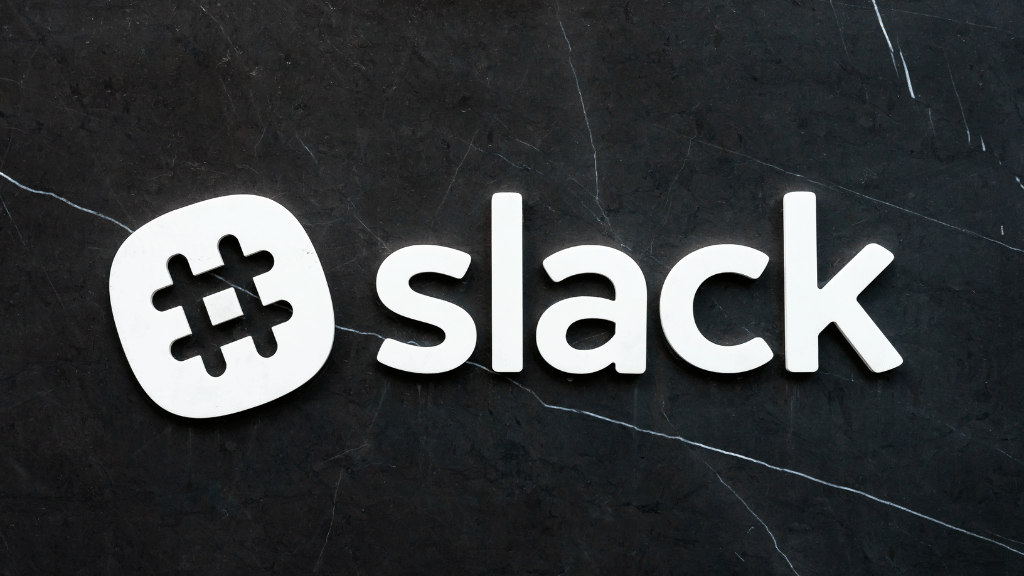Smart Reasons to Use Email When Corresponding With Clients
For the better part of thirty years, email has been the most efficient means of written communication for sending messages to an individual or group of collaborators. Composing an email takes very little time, even if a longer communication is needed to deliver a clear, concise message.
Likewise, email can be sent at any time, day or night, from anywhere in the world, regardless of the recipient’s location.
Email is the Preferred Method
For the most part, sending email is a safe and confidential means of communication. Unless you accidentally send a broadcast message to an entire mailing list rather than a few people.
Sending short videos, photos, and documents is simple through email. Although it should be noted that some size restrictions may apply (usually between 10mb and 25mb) when using a public domain service such as gmail.
Email is the communications method of choice when streamlining business and ensuring projects are handled in a timely fashion because receiving messages from clients is equally simple as the process as sending.
The Disadvantages are Few and Far Between
In addition to being vulnerable to hacking, slow internet connections can delay the delivery and receipt of messages. Viruses can be sent as questionable attachments which can cause considerable damage to files if allowed to infect and spread.
When it comes to email, size does matter. Sending and receiving messages becomes a challenge when a mailbox is nearly full. Then there’s the small requirement of being connected to the internet in order to send and receive messages.
Slack is Just Streamlined Email Inboxes

Email revolutionized communications within a company because it allowed members from various teams to communicate in real time, and converse about a common topic, without cutting into their current workflow. With email, there’s no need to leave your desk, locate an open meeting room large enough to contain the group comfortably, and participate in an open forum which could drag on for longer than necessary for many attendees.
As email continued to evolve beyond the walls of corporations, the convenience of broadcasting a single message to a large group of individuals also grew in sophistication. Indeed, social media as we know it today would not exist were it not for those early developmental stages of email as a preferred communication tool.
Simply put, email speeds up communication within a group, and therefore enhances innovation and productivity for the team. When looking at statistics, we can see about 121 emails per day flowing in and out of the average worker’s email box.
Which begs the question; if email is the preferred tool for communication and collaboration process, why is there a need for alternative applications such as Slack or Flock?
Aside from the obvious, more than three decades have passed since email was first introduced as a communication tool. Then, there’s the factor that not everyone uses email to collaborate with teammates in the same way they might do with Slack.
Slack is Basically Enhanced Email
With Slack, the user dedicates a certain channel to a group of individuals and various inboxes therein where people share in these discussions. For instance, a user may dedicate a channel to a specific project that’s taking place, and invite various collaborators to join in the conversation about the project through the various stages of creation.
All conversation about the project can be contained easily within the channel, for any of the team members to reference at any time, from anywhere.
With email, however, it can be a challenge to focus on a single project and its dedicated progress because the singular inbox is dedicated to an entire flow of communication from all manner of directions. Some of these communications may be important, others could be easily put off till later, but all of them are potential distractions and productivity killers if it takes too long to track down information pertaining to the singular project.
Flock Isn’t Much Different From Slack
These sorts of efficiency, productivity, and project management applications allow for synchronized communications amongst teammates in all time zones. Streamlining the communications and collaboration process, allowing for increased productivity.
Likewise, by having projects divided into specific channels, project managers can follow up with team members to offer comments and insights to keep the flow of innovation moving. By having fewer distractions between responding to projects, managers are left with more time to focus on vital communications with clients.
Email still has a place of value in the communications world. Collaborative apps may make it simplified and streamlined to manage projects with team members, but good old fashioned email is still tried and true when communicating with clients, vendors, and outside business partners.
The One Thing That Sets Email Apart
In a word - receipts. Email offers notification to the sender that the email has been delivered, and read. With collaborative tools, like Slack and Flock, although every member of the team may receive a communication, there’s very little certainty that all members have read the message. To put it simply, Flock and Slack are falling short when it comes to streamline delivery receipt notifications.
Yes, emoji and the occasional thumbs up may grant some indication that the message has been acknowledged but it’s not a satisfactory guarantee that all parties are in the loop.






